How to Fix “Graphics Driver Crashed” Error on Valorant?
The Graphics Driver Crashed error usually means that the game attempts to execute a function but fails due to an issue with the graphics driver, leading to instability or shutdown of the game. This issue basically points to a problem where your graphics driver may be outdated, incompatible, or corrupt.
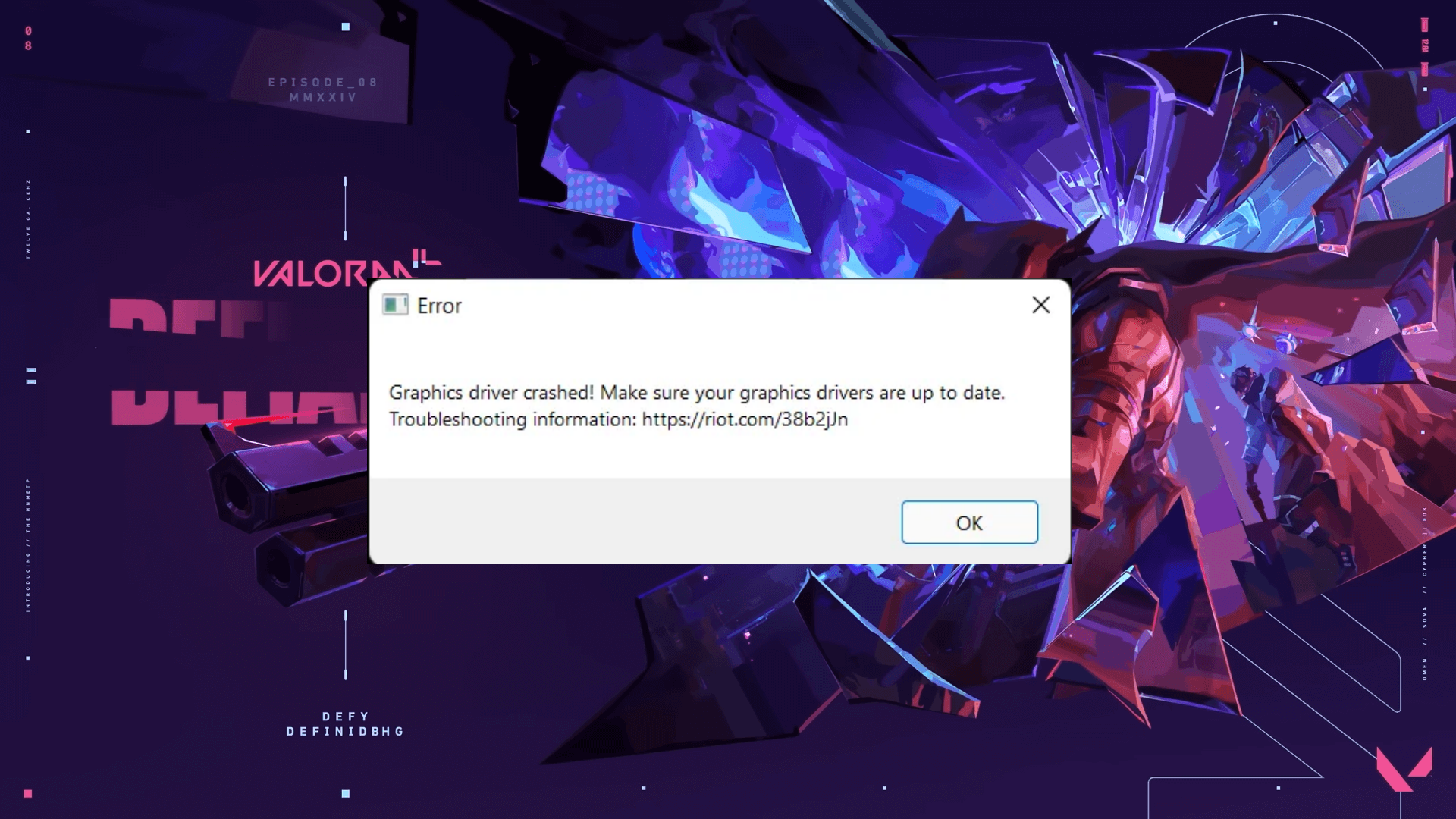
In some cases, this error might also be caused by conflicts between the integrated and dedicated GPU settings, especially on systems that automatically switch between them based on the task.
Please confirm your display settings and ensure that you’re using the correct GPU before proceeding with any of the following fixes.
1. Update DirectX
Updating DirectX can resolve problems because Valorant, like many games, relies on the DirectX APIs for handling tasks related to multimedia, especially game programming and video rendering. If you’re running an outdated version of DirectX, this may lead to compatibility issues, errors, and crashes when playing the game.
A newer version makes sure that you have the latest bug fixes, performance improvements, and support for newer features that games may use, which can help in preventing crashes and enhancing overall gameplay stability.
- Type dxdiag into the Task Bar search box and press Enter.
- Open the dxdiag tool.
- Check the DirectX Version listed on the System tab.
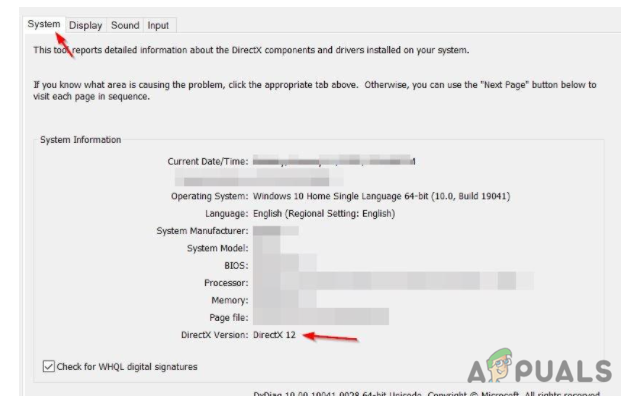
Upgrading your Windows to the latest version is necessary to update DirectX. Make sure you’ve performed a full Windows Update.
2. Reset Your Graphics Card Settings
Resetting your graphics card settings to their default state can resolve issues because custom configurations might conflict with specific games or applications. These custom settings, including overclocking or specialized profiles set for other games can sometimes cause crashes or instability.
By restoring the defaults, you eliminate any likely problematic changes, providing a clean baseline for your graphics card to operate from. This can often resolve errors caused by these customizations without more in-depth troubleshooting.
NVIDIA Control Panel:
- Right-click on the Desktop and navigate to the NVIDIA Control Panel.
- Choose Manage 3D Settings.
- Click on Restore Defaults.
AMD Radeon Software Control Center:
- Right-click on the Desktop and select AMD Radeon Software.
- Choose Preferences.
- Click on Restore Factory Defaults.
3. Update Your Graphics Driver
Updating your graphics driver can resolve problems because manufacturers often release updates that fix known bugs, increase performance, and ensure compatibility with the latest software and games like Valorant. A current driver makes sure that your graphics card operates optimally and communicates effectively with the rest of the system, minimizing the chances of crashes and errors.
- Type Device Manager into the search box and open the first search result.
- Select Display adapters and double-click on the Graphics driver.
- Right-click on the driver and select Update driver from the context menu.
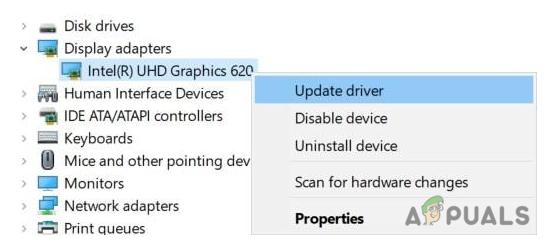
- Restart your system to check if the issue is resolved.
4. Roll Back the Graphics Driver
Rolling back the graphics driver can resolve issues by reverting to a previous version that was stable and free of crashes or compatibility problems. It effectively undoes recent driver updates that may have introduced instability or bugs affecting Valorant’s performance. This step is useful if the issues began after a driver update.
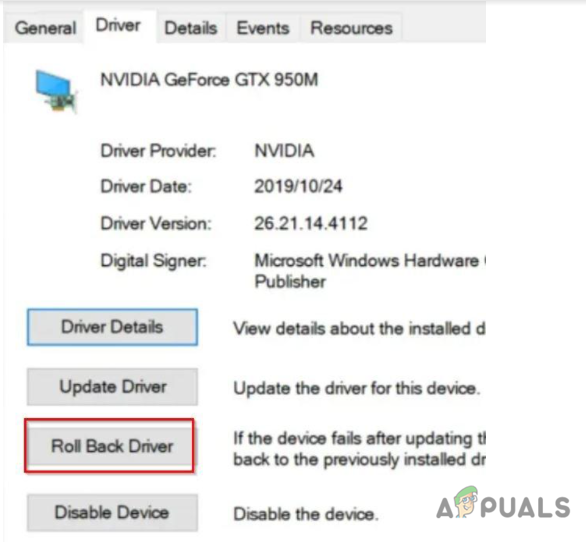
You can use the Device Manager to roll back the graphics driver (refer to the screenshot). If the Roll Back Driver option is greyed out, download an older version from the manufacturer’s website:
- NVIDIA – Find and install the second latest driver.
- AMD – Modify the numbers at the end of the link to download the desired version.
- Intel – Choose your product model and system, then download a older driver version.
5. Play Valorant in Windowed Mode
Playing Valorant in windowed mode can help resolve crashes because it often reduces the game’s graphical demands compared to full-screen mode. This can lead to less strain on the graphics card, potentially avoiding the conditions that cause the driver to crash. Additionally, the game’s interaction with the desktop’s graphical interface tends to be more stable in windowed mode.
- Launch Valorant.
- Press Alt + Enter during the loading screen to switch to windowed mode.
6. Stop Overclocking
Stopping overclocking can resolve the problem because overclocking pushes your hardware, such as the CPU and GPU, beyond their factory-set performance limits. This increased performance can lead to instability, excessive heat, and power consumption, which may cause games like Valorant to crash.
By returning to the standard clock speeds, you reduce the stress on the components, potentially resulting in a more stable system and eliminating crash issues.
7. Close all Background Apps
Closing all background apps can resolve issues because these apps may use system resources that Valorant requires to run smoothly. By shutting them down, you free up memory and CPU power, reducing the potential for conflicts and improving game performance. This step can also minimize software interactions that might cause the game to crash.
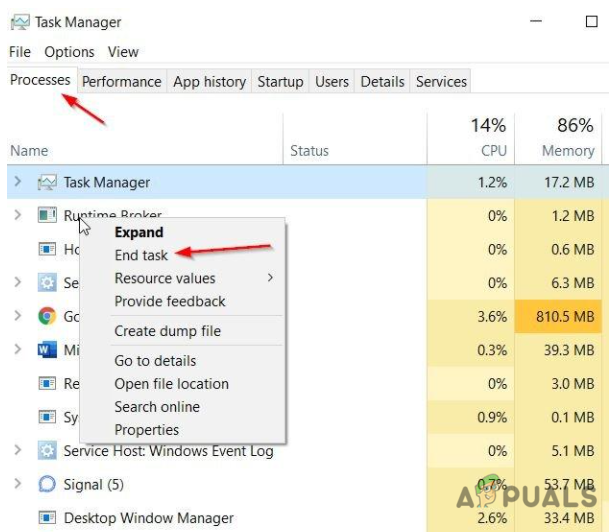
Since Valorant consumes substantial memory and CPU resources, certain antivirus programs may confuse it for malware. Consider adding the Valorant executable file to your antivirus exclusion list or deactivating the antivirus temporarily.
Simply turning off a third-party antivirus program may not be sufficient due to its deep integration within your system.
8. Turn VSync Off
Turning VSync off can resolve problems with game crashes because VSync (Vertical Sync) attempts to match the frame rate of the game to the refresh rate of your monitor, which can create performance issues if your GPU cannot consistently maintain the required frame rate. Disabling VSync removes this synchronization limit, often resulting in smoother gameplay and reducing the likelihood of frame rate-related crashes.
If this doesn’t work, reducing your game’s settings may help. Set the graphics options in Settings > Video > GRAPHICS QUALITY to low, or manually adjust them as follows:
- Multithreaded Rendering: Off
- Material Quality: Low
- Texture Quality: Low
- Detail Quality: Low
- UI Quality: Low
- Vignette: Off
- VSync: Off
- Anti Aliasing: Off
- Anisotropic Filtering: 1x
- Improve Clarity: Off
- Bloom: Off
- Distortion: Off
- First Person Shadows: Off
9. Reinstall Riot Vanguard
Reinstalling Riot Vanguard can resolve the problem because it makes sure that any corrupt or outdated files are removed and replaced with the latest, correctly functioning versions. This process can fix issues that arise from software conflicts or glitches within Vanguard, which is important for the smooth running of Valorant.
By doing a fresh install, it makes sure that Vanguard has the proper permissions and is configured correctly to work with your system’s hardware and other software, which can prevent crashes and improve game stability.
- Press the Windows logo and R keys on your keyboard to open the Run dialog.
- Type appwiz.cpl and press Enter.
- Right-click on Riot Vanguard and choose Uninstall.
- Reinstall Valorant from the official website.
10. Check for Unverified Drivers
Checking for unverified drivers can resolve issues because drivers that are not certified by Windows Hardware Quality Labs (WHQL) may be outdated, incompatible, or not optimized for your system, which can lead to instability and crashes.
Making sure that all drivers are verified provides confidence that they meet Microsoft’s standards for compatibility and reliability, thus potentially fixing related errors and improving overall system stability.
Using DirectX Diagnostic Tool
- Open Run, type dxdiag, and press Enter.
- Enable Check for WHQL certification.
- Go through each tab and check if the WHQL Logo’d status is Yes.
11. Reinstall Drivers Using DDU
Reinstalling drivers using Display Driver Uninstaller (DDU) can resolve problems by completely removing all traces of the current graphics driver from your system. This step eliminates potential conflicts caused by remains of old or corrupt driver installations. Once clean removal is achieved, reinstalling the latest graphics driver provides a fresh start, which can often resolve issues such as crashes or performance glitches.
First, make sure that you have Display Driver Uninstaller (DDU) installed. If not, visit the official download page, select a download location, and download the software.
If a specific graphics driver version is desired, download the installer beforehand and perform the driver installation offline following the cleanup.
- Download and unzip the file to your desktop, and then run DDU.exe to extract the files.
- Enter Safe Mode by pressing Win+I, choosing Update & Security, and then Recovery. Select Restart now under Advanced startup.
- After restarting, select Troubleshoot > Advanced options > Startup Settings > Restart. Press the number 4 key to enter Safe Mode.
- Run DDU, choose your GPU manufacturer and device type, then select Clean and restart.
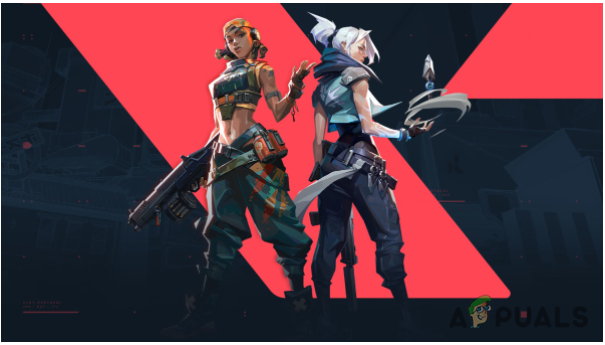
Hopefully, one of the solutions provided will fix the Valorant graphics driver crash. If you still encounter the ‘graphics card driver crashed’ error after updating or reinstalling your drivers, consider reaching out to Riot Games support and seeking assistance from your graphics card’s support team if the crash also occurs in other games.




